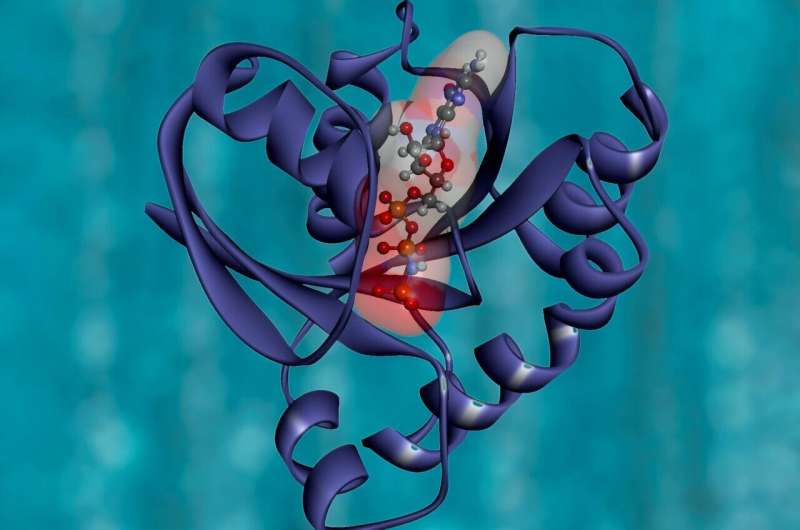Unique high-throughput approach improves the design of new protein structures

Northwestern Medicine investigators have solved a challenging protein design puzzle using a unique high-throughput approach, according to a study published in Proceedings of the National Academy of Sciences.
The approach could enhance the development of new therapeutics and biotechnology tools, according to Gabriel Rocklin, Ph.D., assistant professor of Pharmacology and senior author of the study.
"The lessons from designing ɑββɑ proteins are important for any computational protein design effort, including designing new therapeutics," said Rocklin, who is also a member of the Robert H. Lurie Comprehensive Cancer Center of Northwestern University.
Protein folding is an essential cellular process that enables proteins to function properly and avoid contributing to disease. One major challenge in computationally designing new protein structures in a laboratory is that most designed proteins are unable to fold into their designed structures when tested.
In previous work, Rocklin's team identified the ɑββɑ fold is unusually challenging to design despite its simple structure, with the best designs having just a two percent success rate. To resolve this issue, Rocklin's team tested thousands of new ɑββɑ designs and used machine learning methods to examine the properties of stable and unstable designs.
"ɑββɑ proteins have a very simple fold that looks like the letter 'M'. This structure is much simpler than most naturally occurring proteins, which makes it a good testing ground that we can use to understand and improve protein design," Rocklin said.
In the current study, the investigators designed over 10,000 new ɑββɑ proteins and by using specialized high-throughput experiments discovered that more than one-third of them folded into stable structures. The investigators were also able to identify the biophysical properties that stabilize ɑββɑ proteins as well as compare different protein design methods, according to Rocklin.
"By making changes to our design protocol, we increased our design success rate from two percent to above 30 percent. This clarified better ways to design ɑββɑ proteins and also helped us understand what makes them stable or unstable," Rocklin said.
The current approach is applicable for any computational protein design effort. Additionally, ɑββɑ proteins also have the potential to be developed into therapeutics by modifying their surfaces so they can bind to therapeutic targets, according to Rocklin.
"These proteins can become even more stable by connecting the two ends of the 'M' together to form a loop, which could be an exciting strategy for designing therapeutics," Rocklin added.
More information: Tae-Eun Kim et al, Dissecting the stability determinants of a challenging de novo protein fold using massively parallel design and experimentation, Proceedings of the National Academy of Sciences (2022). DOI: 10.1073/pnas.2122676119
Journal information: Proceedings of the National Academy of Sciences
Provided by Northwestern University





















